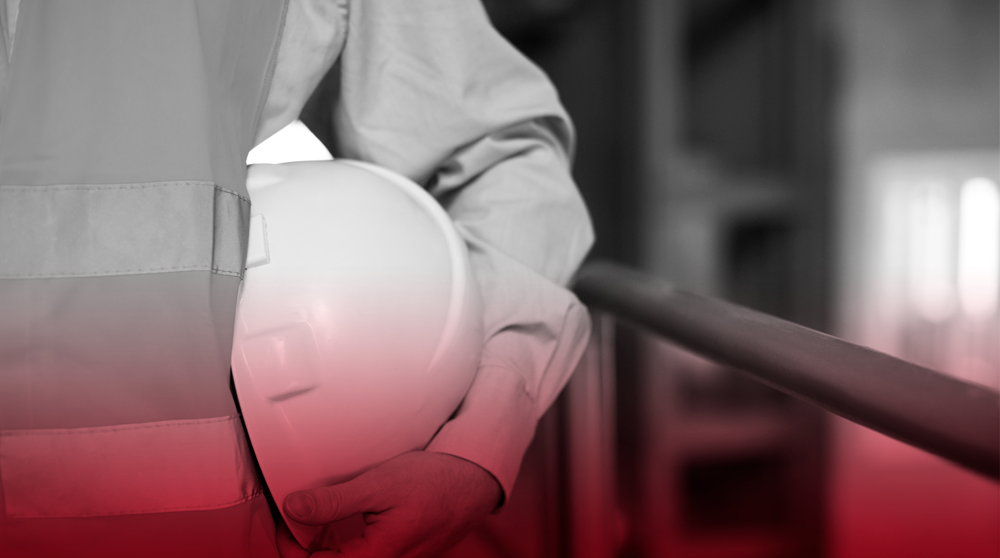
Challenges in organizations to achieve a safer and healthier workplace
Authors: D. Peña and C. Valenzuela
The world of work has become such a fast-paced, ever-changing environment that organizations must be able to keep up with the pace and even stay one step ahead to preserve the safety and health of their employees.
Under the current scenario, data from the International Labor Organization (ILO) estimate that currently, 2 million people die each year because of work-related accidents, illnesses, or injuries. About 268 million disabling incidents occur, and additionally, 8% of the global rate of depressive disorders is related to occupational hazards [1].
To address this, organizations need to identify current challenges related to the safety and health of their employees to achieve a safer and healthier workplace.
Current challenges.
ISO/TC 283 technical committee chairman Martin Cottam, in the article “Challenges to achieving a safer and healthier world of work,” groups current challenges into four pillars: climate change, psychological health and well-being, new technologies, and demographic changes [2].
Climate change.
Many organizations continue to treat the effects of climate change as isolated events, but climate change is significantly impacting worker safety and health by intensifying heat stress, exposure to ultraviolet radiation and air pollution, increased vector-borne diseases, and increased exposure to agrochemicals.
Demographic change.
Many organizations are experiencing great diversity within their workforce, with people continuing to work into old age and more women and immigrant workers. This leads to various learning styles, literacy levels, and information capture methods. Therefore, organizations must implement measures to better engage, train, develop, and communicate with this diversity of employees.
In addition, the younger generation has a very different attitude toward work than the older generation, as they rarely plan to stay with one employer for an extended period. Organizations must, therefore, address these expectations of the new generation and be prepared for higher employee turnover.
We invite you to review the American Society of Safety Professionals’ report, Tackling Today’s Safety Challenges, where you will find some questions and steps your organization can take to address these challenges. https://www.assp.org/about/tackling-todays-safety-challenges
New technologies.
Technology allows drones to be used instead of people in hazardous environments or intelligent personal protective equipment with real-time monitoring technology that provides workers with greater physical protection.
Artificial intelligence (AI) has great potential to help organizations analyze data more efficiently, identify problems faster, and make better data-driven decisions.
Virtual reality enables worker safety and health training and development.
Technology continues to change the way we work and creates opportunities and challenges related to employee safety and health; its use will help reduce risks if risks from hacks or malfunctions can be addressed and the right balance is struck between embracing innovation and maintaining proven safety practices [3].
Psychological Well-Being.
In recent years, concepts such as unemployment, precarious working conditions, job instability, and underemployment, among others, have led today’s society to characterize the world of work as conflictive. This has generated greater awareness among workers of the potential impact of work on their psychological health and well-being. This situation implies that organizations could and should do more to manage this impact.
Mental health risks at work are related to specific workplace characteristics, career development opportunities, excessive workloads or pace of work, understaffing, excessively long hours, lack of control over work design or workload, and unsafe or poor physical working conditions, among other things [4].
This new scenario, perceived as stressful, strongly impacts workers’ psychology. While some can cope better with these situations, organizations must develop strategies to cope with this scenario.
References.
[1] World Health Organization. WHO. WHO Fundamentals for Healthy Work Environments: WHO Model and Rationale. Retrieved from Microsoft Word – HWP Spanish for posting.DOC (who.int) on 06/06/2024.
[2] C. Martin. There are many challenges to achieving a safer and healthier world of work. ISO. Retrieved from GUEST ARTICLE Occupational health and safety Martin Cottam TEMPLATE FINAL_Avec image (EN).pdf (iso.org) on 06/07/2024.
[3] C. Martin. There are many challenges to achieving a safer and healthier world of work. ISO. Retrieved from GUEST ARTICLE_Occupational health and safety_Martin Cottam_TEMPLATE FINAL_Avec image (EN).pdf (iso.org) on 06/07/2024.
[4] WHO. Mental health at work. 2022 viewed online at Mental Health at Work (who.int) on 06/28/2024.
